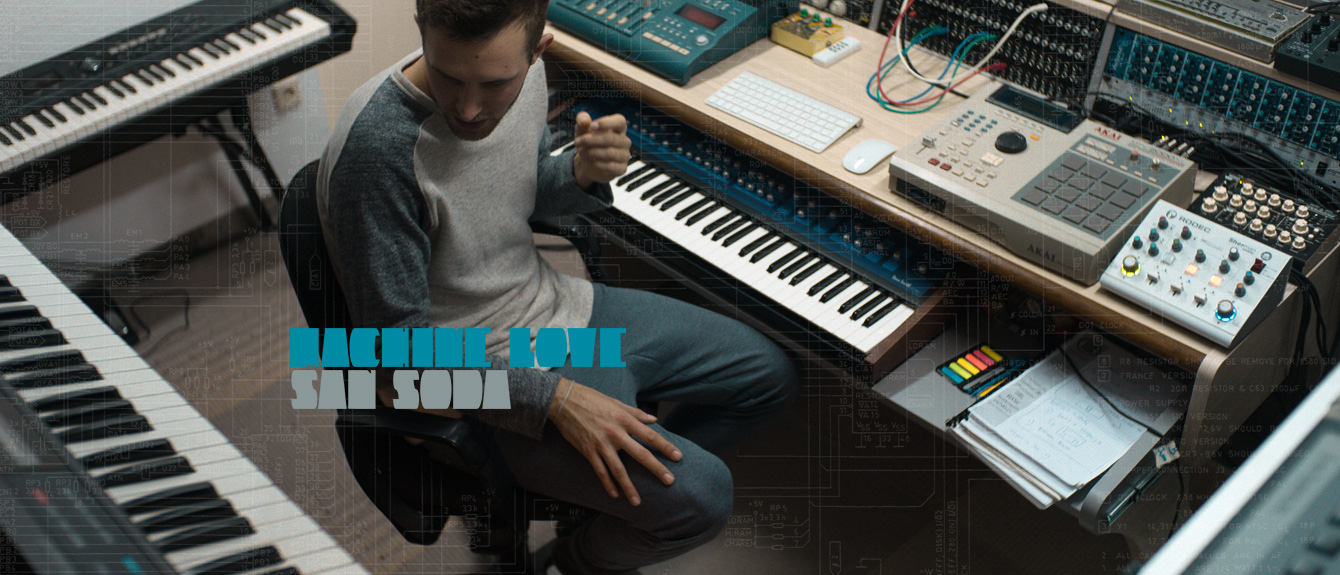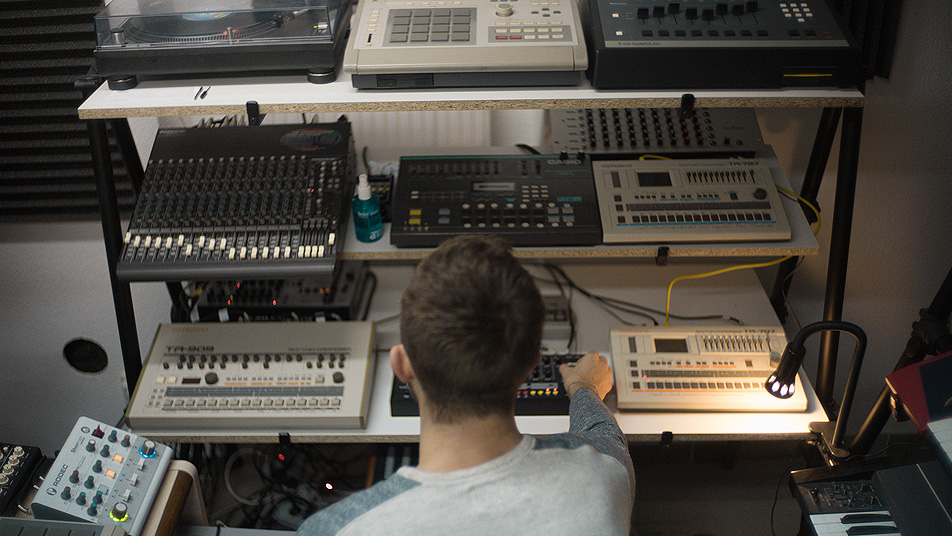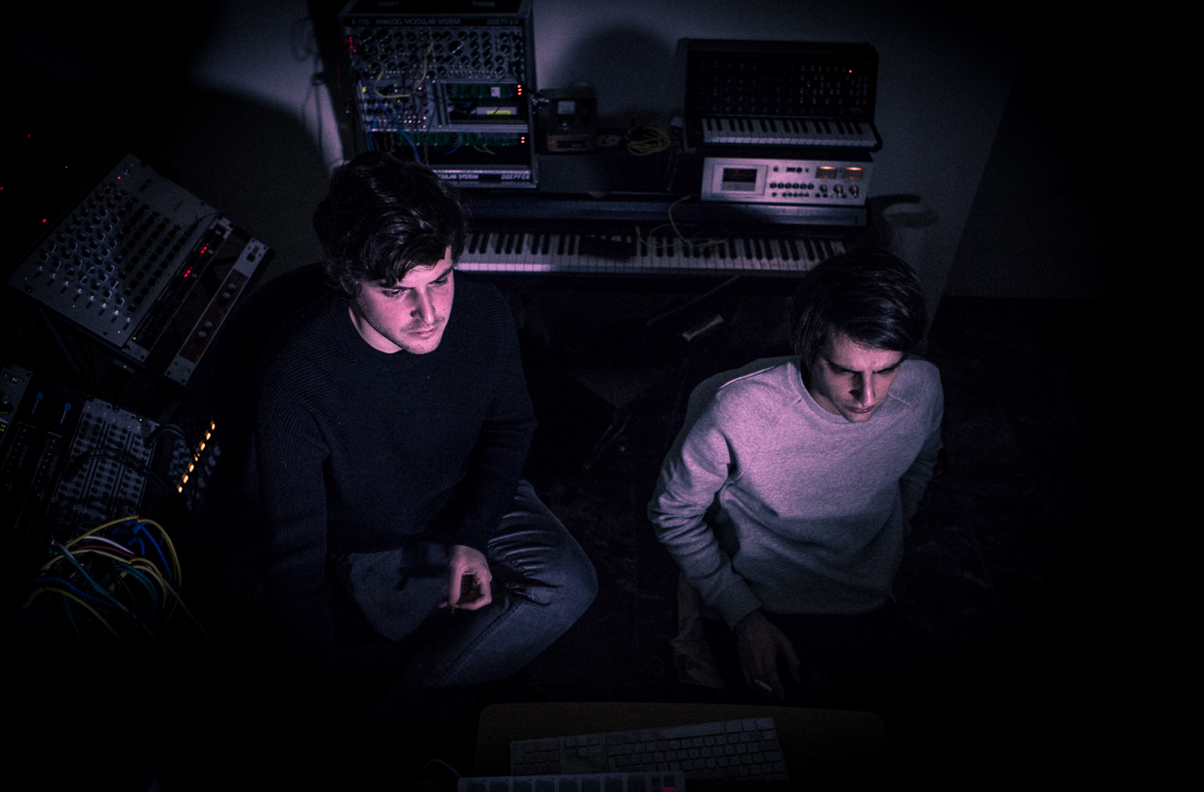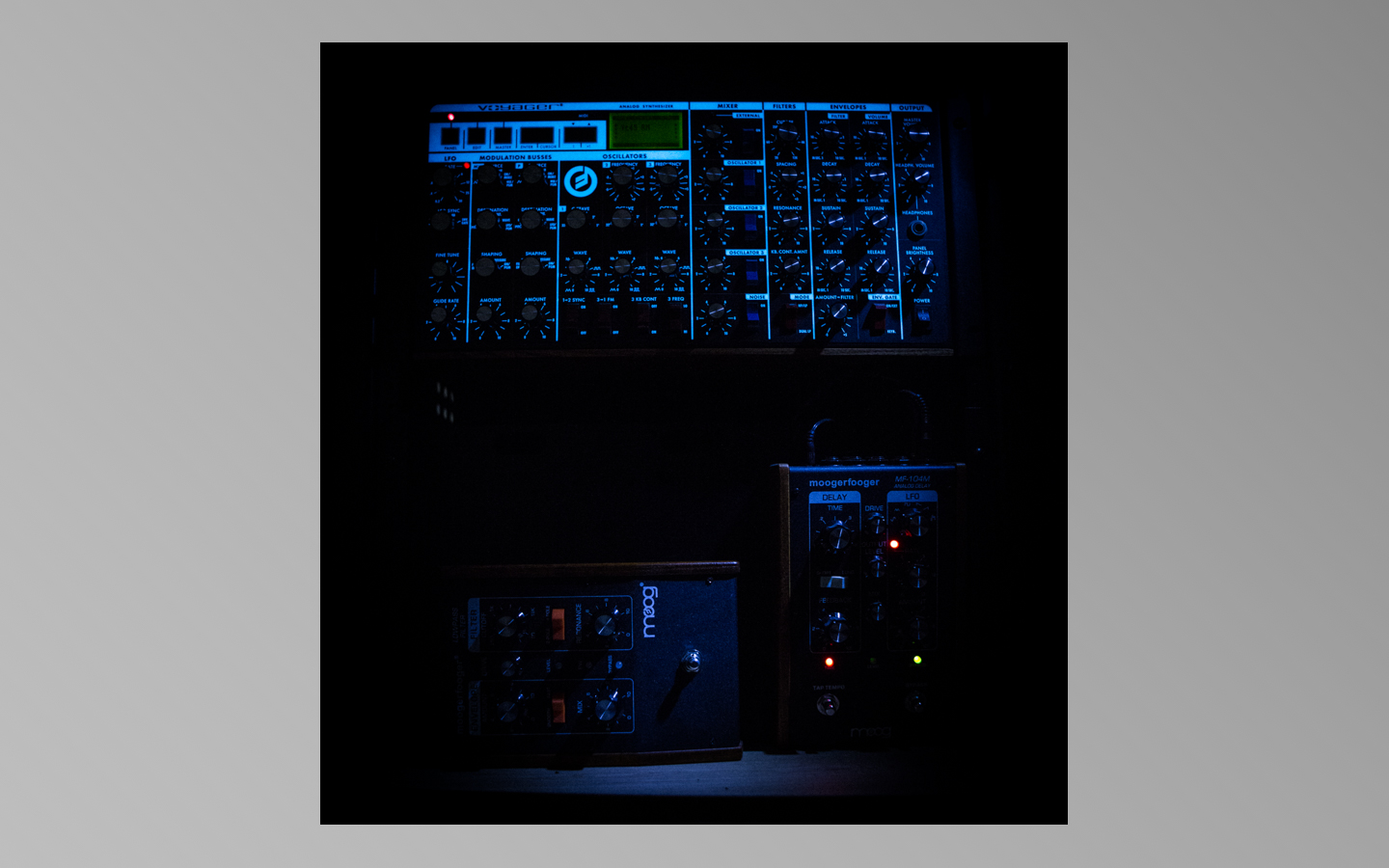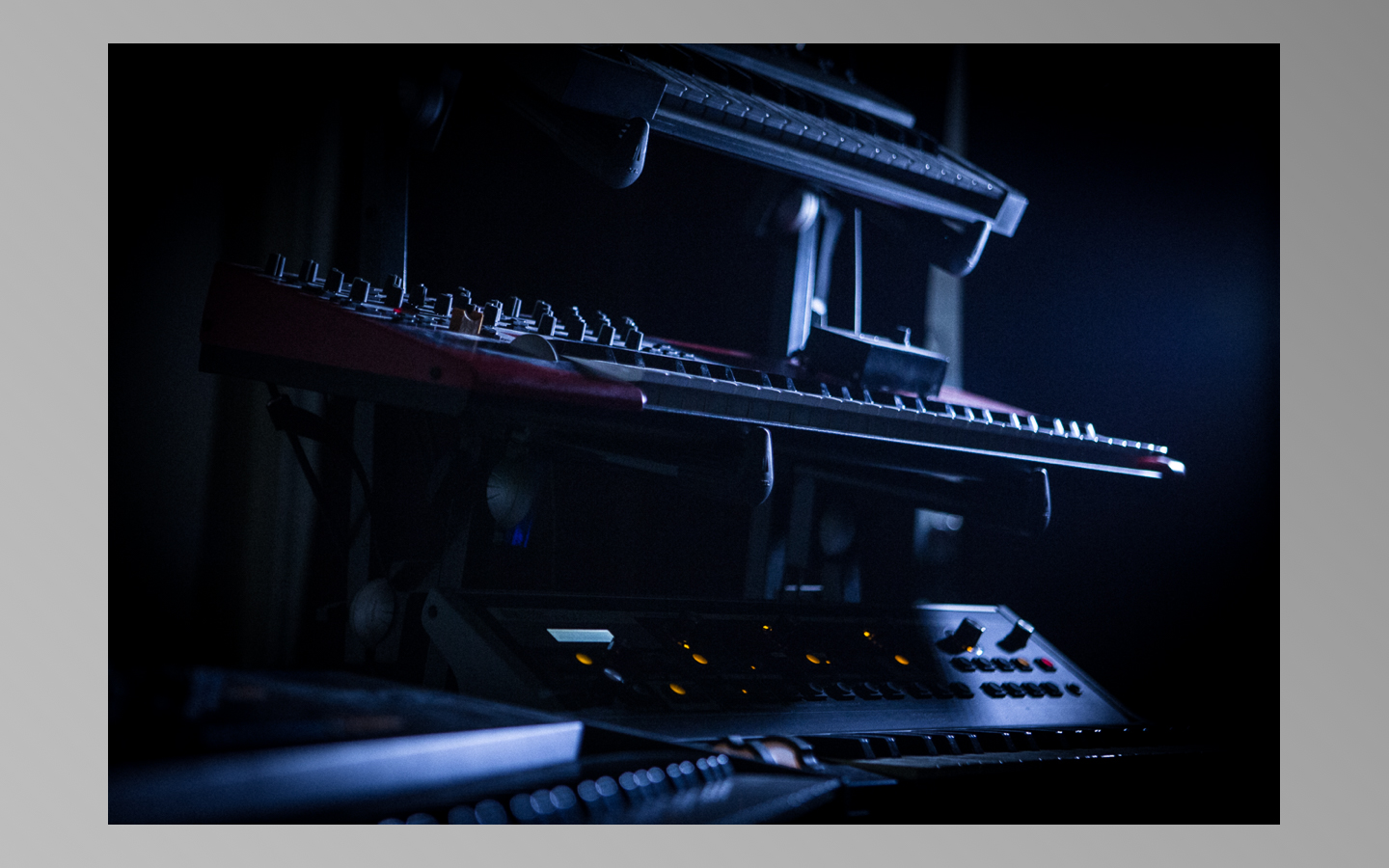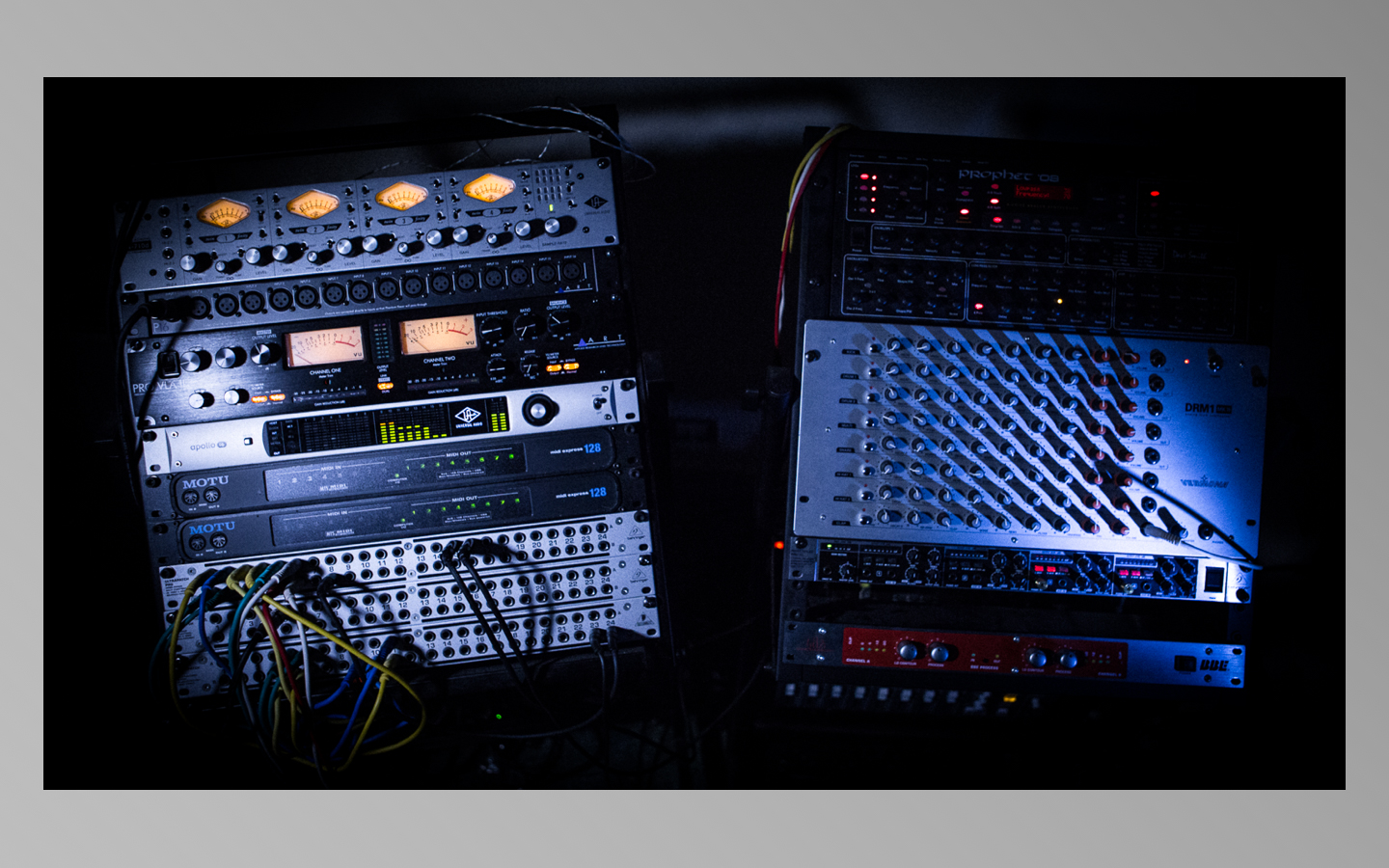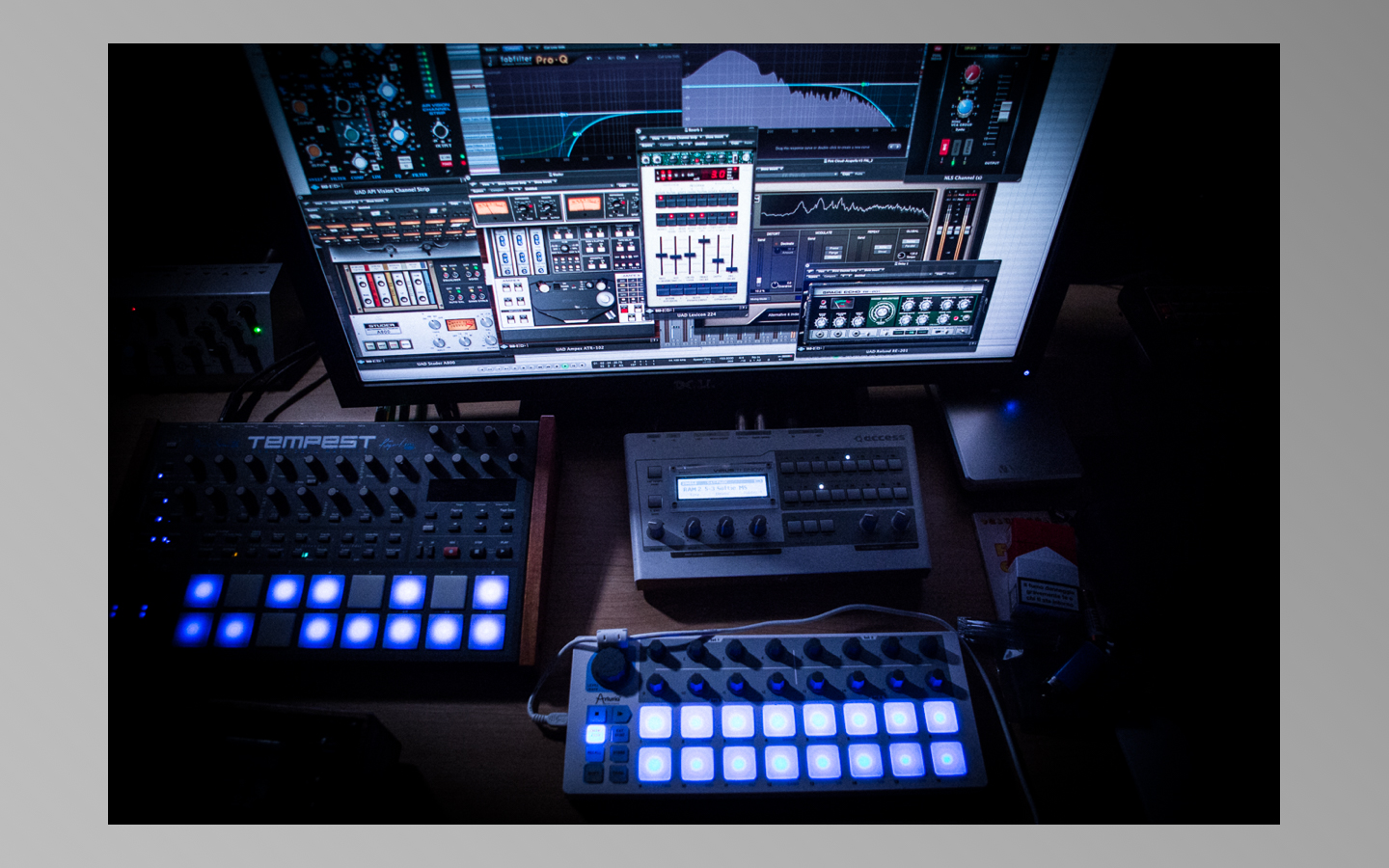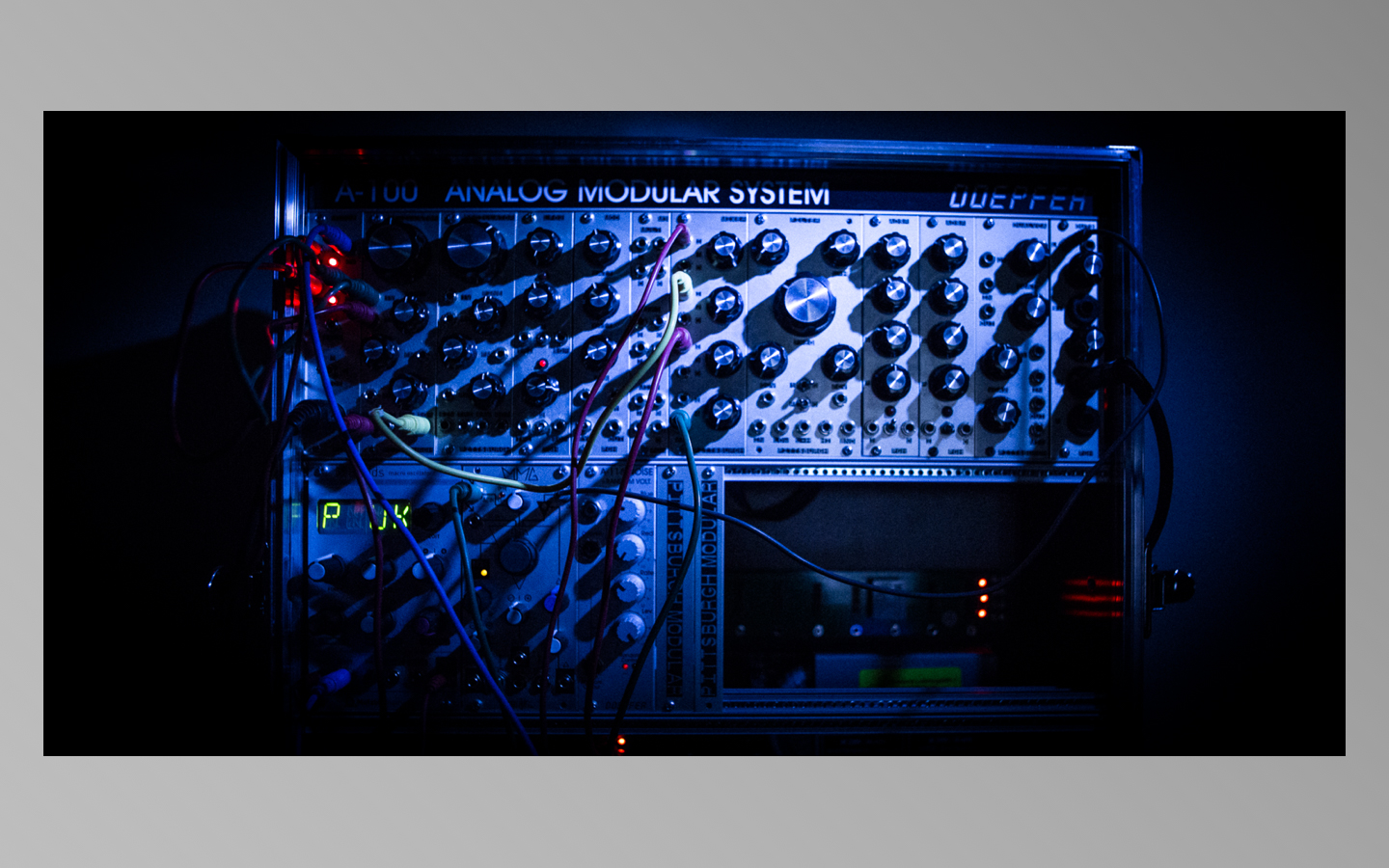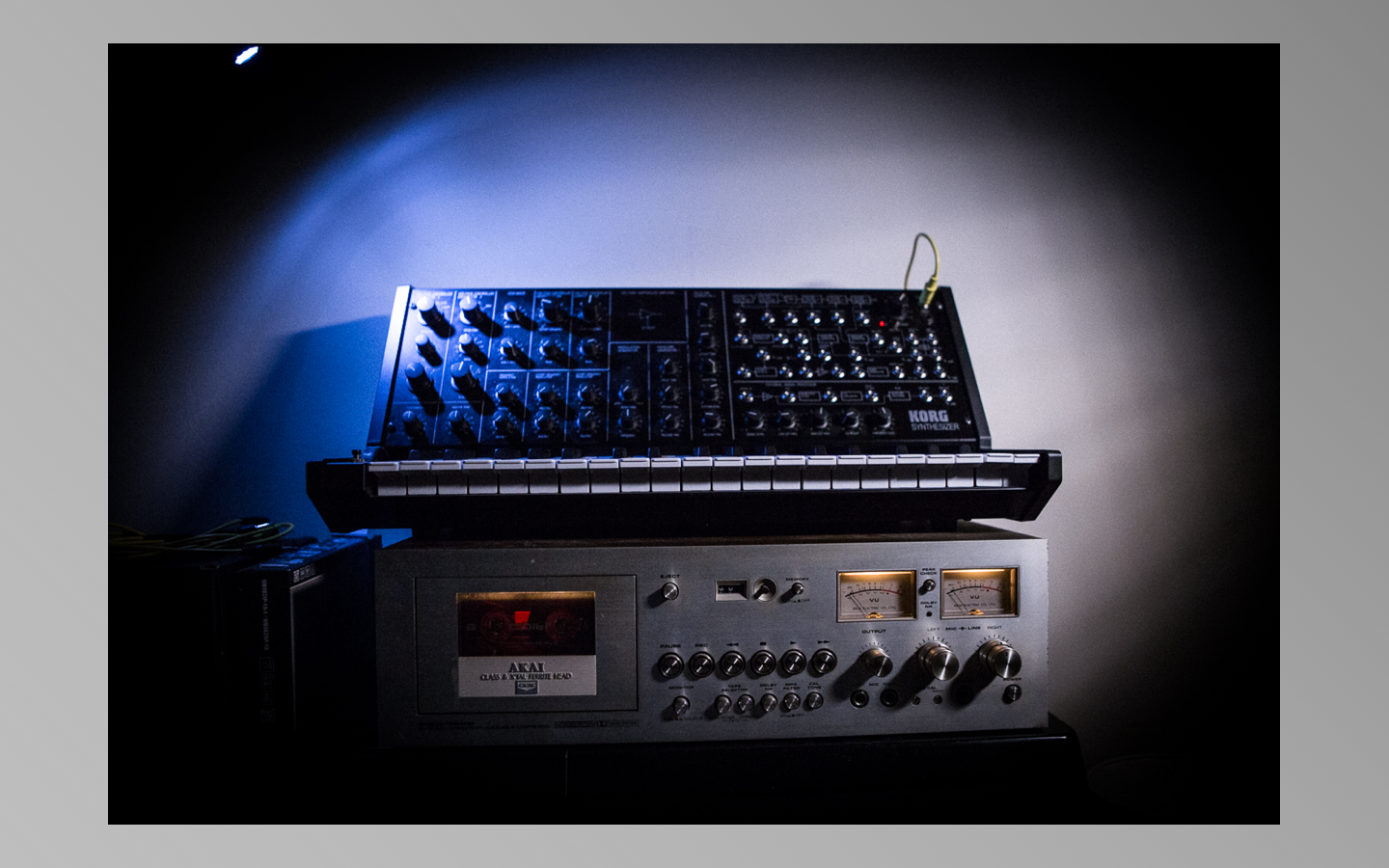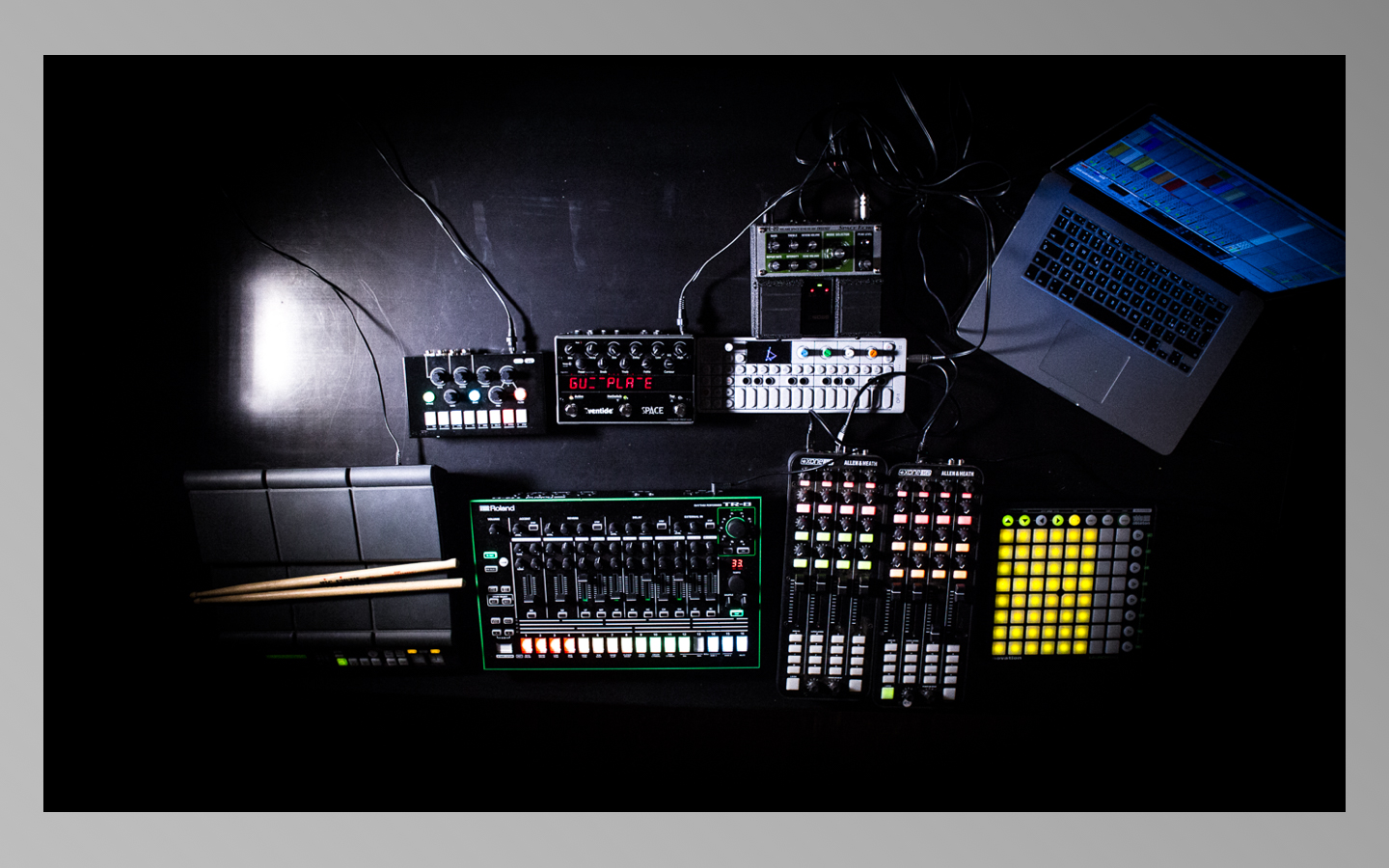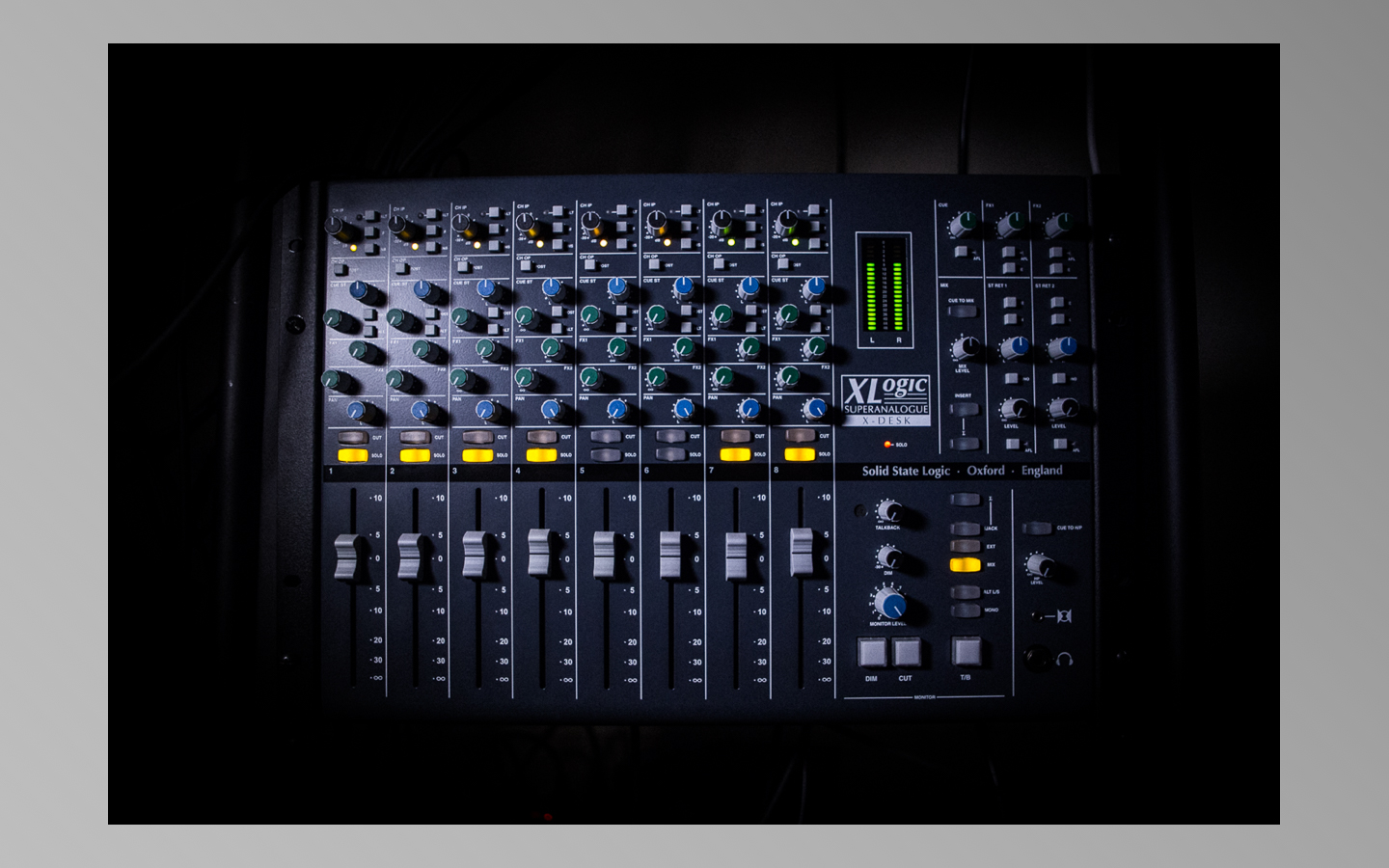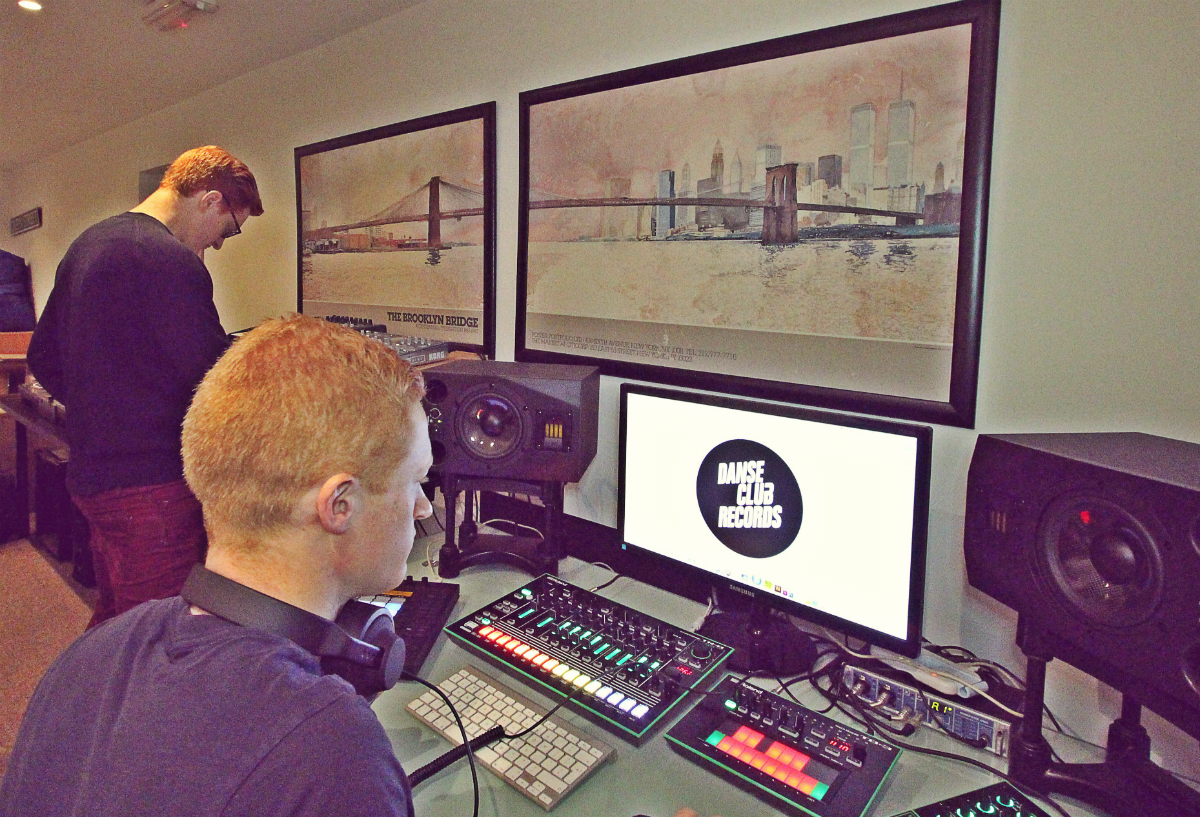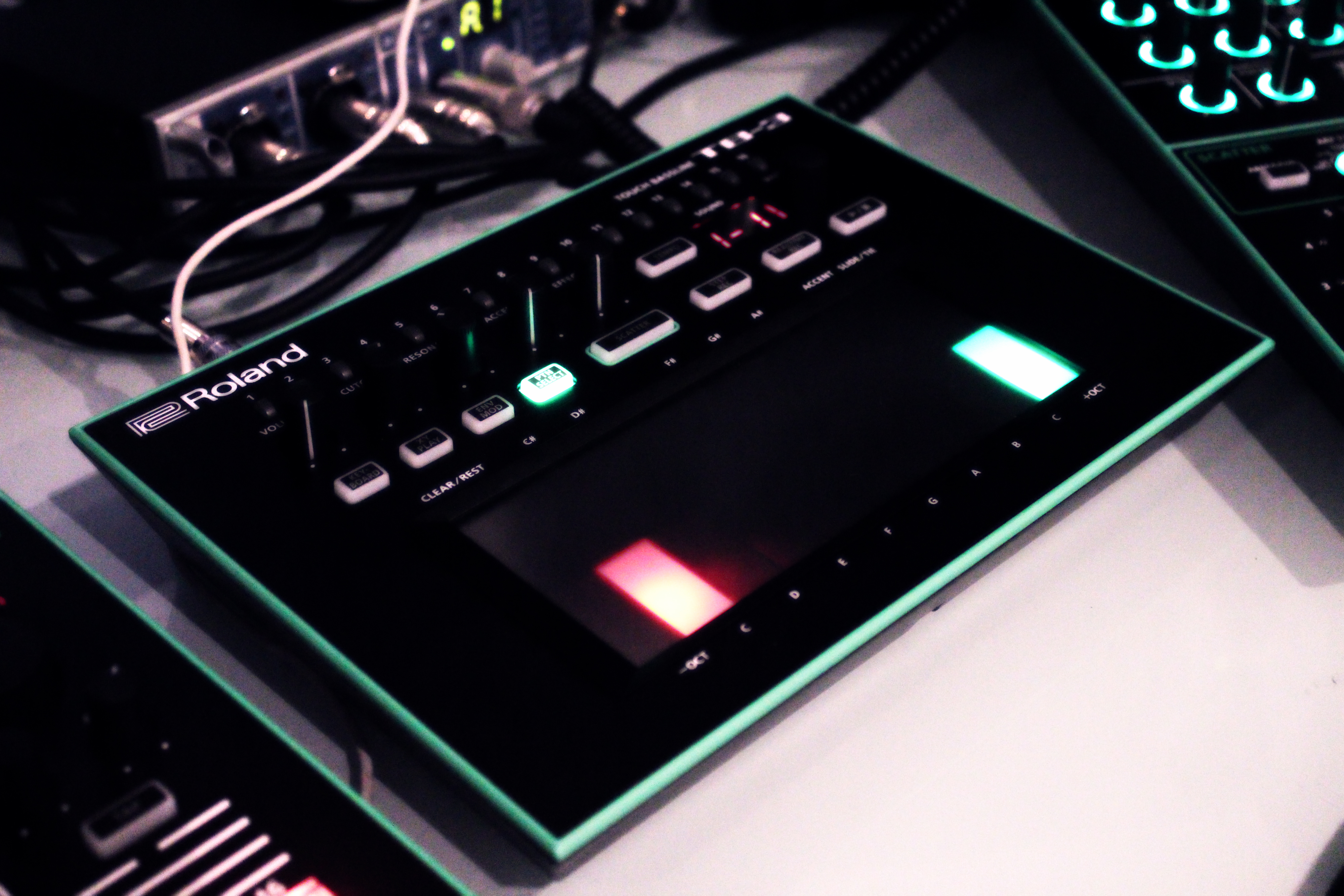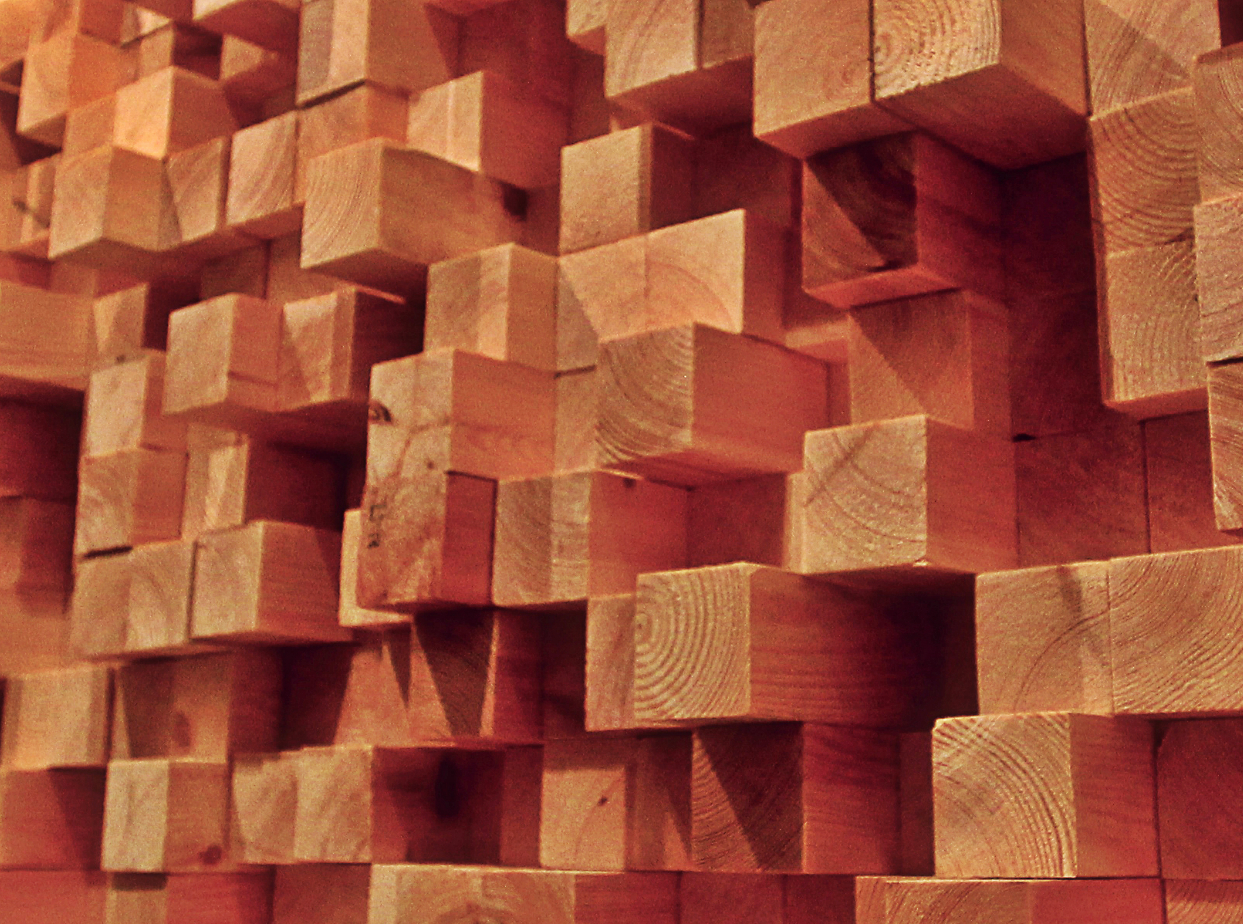My Studio - Ambivalent
Good things sometimes come in small packages. Kevin McHugh gives us an extensive tour of his tiny Berlin studio.
 Ambivalent – My Studio
Ambivalent – My Studio
This is my studio. It’s a small, small room in my apartment in Berlin. Exact dimensions are 2m x 2m. The room had previously been used as a home office space when I moved into the apartment in 2008. Two of the walls were glass, so I covered the whole room in audio foam. Expensive but necessary. That’s made up for by the fact that there’s a second, false ceiling, and it only shares one wall with a neighbor, which happens to be made of a half-metre of brick. I can’t figure out what the room was originally built for, but it’s managed to be a convenient (if imperfect) solution.
 909 and Keyboard
909 and Keyboard
These two old dogs do a lot of the work here. The Oxygen 8 isn’t anything particularly special, but it does what I need it to do, and it’s been with me since the beginning. My studio’s not very controller-heavy, as most of the gear lends itself to hands-on manipulation. The 909 is, well, everything anyone has ever said it is. I can’t add much to the volumes of praise and lists of the historic contributions of this machine. I can pick a real 909 or 808 out of any mixdown I hear, and I guess that pushed my gearlust for it over the edge. It’s gotten a lot of use on the Delft material and some on the Amber stuff, but a lot of the unreleased material coming soon has it featured much more explicitly.
 Left Desk Rack
Left Desk Rack
This rack is sort of the heart of the operation. Top to bottom, there’s a Neutrik patchbay, a MOTU Midi Express 128, an Eventide H8000FW, a Universal 4-710d, a UAD Apollo Quad, a Dangerous Music D-Box, an Apogee Big Ben, and a Lexicon MX200.
I’m skipping the patchbay, as that’s about as sexy as my socks. The Midi Express isn’t much sexier, but this is kind of a key part of how the whole system works. It’s kind of trendy for interfaces to include MIDI I/O, but this is more robust and reliable, and obviously offers more options.
 Eventide H8000 & Universal 4-710d
Eventide H8000 & Universal 4-710d
Next after that is the Eventide. This is sort of like dating someone who is way out of your league, but just too gorgeous to resist. She was way too expensive, probably bad for my overall mental health, and a result of poor impulse control, but sweet ecstasy is she a heart-stopper. It just makes anything sound so glamourous. There are algorithms and DSP in this thing that can make a wet fart sound like Hans Zimmer got paid €30,000 to conduct it out of an orchestra. You can hear it quite clearly on my Amber track ‘Waves of Grain’ or on my track ‘Snowblind’. I know it’s identifiable because my friend Nyma sent me a comment after one release with just “H8000″ written. He’s a love. Hear it here.
The Universal 4-710d might be the most irreplaceable piece of gear in the studio. It’s got 4 of Universal’s 710 preamps, but have a phase-aligned pots to blend a tube pre-amp with a solid-state one. Each channel has a built-in 1176-style compressor, with just two time-constants. The fast kicks in at 5 ms and the slow comes in around 100 ms. This beast is really the source of the LA-4A stuff. Even the LA-4A name is a reference to that rich, raw, fat sound of that classic UREI gear. Though I’ve always lusted after an LA-4, it’d be hard to beat this unit on quality and functionality. Like I said, any LA-4A track is marinated in this monster’s juices, and then seasoned to taste. Hear it here.
The UAD Apollo is a solid, transparent and powerful interface. I’m not crazy about some facets of how the I/O is apportioned, particularly the ADAT setup, but it’s all made up for by the incredible plugins. More on those later.
Below that is a Dangerous Music D-Box, which is relatively more flexible than how I currently use it, but that will change soon. Nevertheless, it’s one of my most crucial pieces, and adds so much to all my tracks. Using this for analogue summing changed my mixes dramatically about two years ago. Obviously I don’t have space for a big console, but even if I did, I’m not sure I’d go to the effort. This gives me rich analogue summing, but requires a lot less hassle. Someone’s gonna slate me for that, but none of this is a statement of superiority, just my personal situation.
The Apogee Big Ben runs Word Clock signal to the Apollo, the H8000 and the 4-710d. You can’t hear it on anything, but you would definitely notice if it wasn’t there. A thankless watchman, keeping the realm in order, asking for no glory. I pour out my beer for you, Ben. Thank you for your service.
The Lexicon MX200 ain’t as fancy as its more famous cousins, but it’s got all the same algorithms, and since I run it over S/PDIF, doesn’t lose anything in conversion. A lot of common sense gets lost in the analogue/digital debates. The truth is, naturally, it’s all how you use it. This is an affordable, excellent piece of gear, and a great way to get some extra DSP and rich reverb. You can hear this on nearly all my records, including ‘R U OK’, which you can find here.
 Moog Minitaur
Moog Minitaur
The Minitaur has some sort of evil magic that makes basses come out absolutely massive. I can’t really say a lot more about what it does than to point at two tracks where it features heavily: tracks I made with Michael L Penman. ‘Apt’ and ‘Shimmer’ both have basslines that take over a room like a cloud of smoke. Serious air-pressure changes from this thing. Also nice to get that rich Moog ladder filter sound if you want it, or if you just want to rattle people’s organs. Hear it here.
 Desktop Synths
Desktop Synths
The Mopho isn’t particularly special, but it’s been on a fair number of my tunes (such as this). Cheap and analogue, but a nightmare to program or manipulate.
The Boss VT-1 is cheesy but fun. Back when I was doing pitched-down vocals, it could add a bit more grit, mainly because it’s pretty dirty.
The MXL mic is a cheap condenser I picked up early on when I started. Some clearance bargain or something. All my vocal tracks started there, such as this.
 Alesis iO Dock
Alesis iO Dock
The Alesis iO Dock is kind of handy for some of the better iOS apps out there. You can hear the Animoog on my remix of Joe Stawarz for Soma.
 Elektron Analog Four
Elektron Analog Four
The Analog Four is something I’d recommend to anyone looking for a versatile, powerful, connectible, feature-rich synth with a near-limitless set of capabilities. It’s been on a ton of my stuff, most notably the bassline on the LA-4A track ‘America Kid’.
 Roland TB-303
Roland TB-303
Some obscure Japanese thing I traded for a pack of gum and some old drink tickets. Nothing to see here. Please move along.
In all seriousness, I don’t know what to say about it. Owning one of these was a dream of mine for years. And if you can believe it, having it has been even better than I hoped it would be. It’s basically all over everything I’ve made since I got it, and it never ceases to surprise and amaze me.
 Jomox AirBase 99, Oberheim Matrix 1000 & Korg Volca Keys
Jomox AirBase 99, Oberheim Matrix 1000 & Korg Volca Keys
The Jomox AirBase 99 is a dope piece that’s often overlooked, and ultimately wound up discontinued. The desktop AirBase models get all the love, but this has all the same guts. Again, space is a premium in my studio, and before I got the 909, this made all kinds of fat Roland-style drum sounds. Not as popular as a 707, but way more analogue; not as legendary as a 909, but way more practical.
The Oberheim Matrix 1000 is my go-to poly. I never had the knack for that Oberheim sound, but once I got this, I understood why it made its way into so many studios. It’s perfect for making something elegant, musical or weird. It’s a key part of most of the tracks under my Amber alias, which you can find here.
In my opinion, the Korg Volca series synths are the inheritors of the Roland x0x units. Made for affordability and simplicity, they offer a lot of bang for their buck. You can hear this on my LA-4A track ‘Flare’ here.
 Vermona DRM 1 Mk II
Vermona DRM 1 Mk II
The next rack sits to my right while I’m working, and I nearly always have a hand on this badboy, the Vermona DRM1. Technically this is a Mark II, but it seems like it was the last stage before they switched to the Mark III. It’s all-analogue, which would draw some comparisons to the 808, but truthfully, it’s maybe the same species, but another animal. I usually end up patching this direct into the tube pre, because it can sound super raw when you push it hard. This one was pretty crucial to the Amber tracks, as well as my track ‘Cartesia’ on the recent Ambivalent EP on Delft.
One of the super nice features that this unit has is that the individual outs are TRS [insert] enabled. This means you can patch a voice out to an effect, and return it direct on the same channel to go back through the master output. Super handy for simple live effect, like pedals, as seen here with the Boss DD-6.
One of the most distinguishing things about these units is the clap. Somewhere close to an 808, and yet something else entirely. I used this clap constantly on all the Amber material I made last year. You can hear it really well on ‘Keep It Gone’ here.
 Right Rack Continued
Right Rack Continued
Next up is the Studio Electronics SE-1X. This is actually on loan to me, though I haven’t used it in ages. Diverse and fat, Moog-style sounds. This made the bassline on ‘Down’, and the lead on ‘Witchfinder’ here.
The next piece above that is a Novation A-Station. This was an update for the classic old Bass Station. This made the lead synth lines on all my early tracks, including the melody on ‘RUOK’.
Last, but not least, this synth provides the most power for the lowest cost. It’s a Freebase FB-383. I got it in a pretty beat-up state for €80, and it is one of the meanest, rawest, fattest things I’ve ever heard. They made these as 303 emulations, but if you abuse it, it can do so much more. Evidence is on my track ‘Red Ones’ here.
 Adam P11A Monitors
Adam P11A Monitors
My monitors are the Adam P11As. They sound good, maybe a little too good. I compensate by placing them poorly in a haphazard and ineffective arrangement. I’m clever like that. Being serious though, I’ve seen people go nuts trying to perfect their room or buy fancy, overpriced monitors. No setup is better than the one you know, and have tested in combination with other rooms and systems. I’ve never had a professional monitor setup, and here I am talking to Attack Magazine about my production. Local boy made good. Making something now is far preferable to waiting to make something perfect. But maybe that’s my old punk rock roots showing.
 UAD Plugins
UAD Plugins
The UAD plugs are a massive part of my gear. Like I said, it’s not about digital versus analogue, it’s about smart choices about both. I’m unlikely to ever get my hands on a Fairchild compressor, so you won’t catch me snobbing on about the differences from the real gear. And it’s not just emulations – the Brainworx mastering EQ has completely revamped my mixing chain. And I don’t know anyone who has the budget or the real estate for an EMT 140 or 250, but I’ve got them both – or as close as I need to be to owning them.
 Floor cables
Floor cables
This is a picture of my floor. You can absolutely hear this on every one of my records, as the chaos, disorganisation, ambivalence and impatience represented in this tangle seeps out of every corner of my music. Can’t stop, won’t stop.

